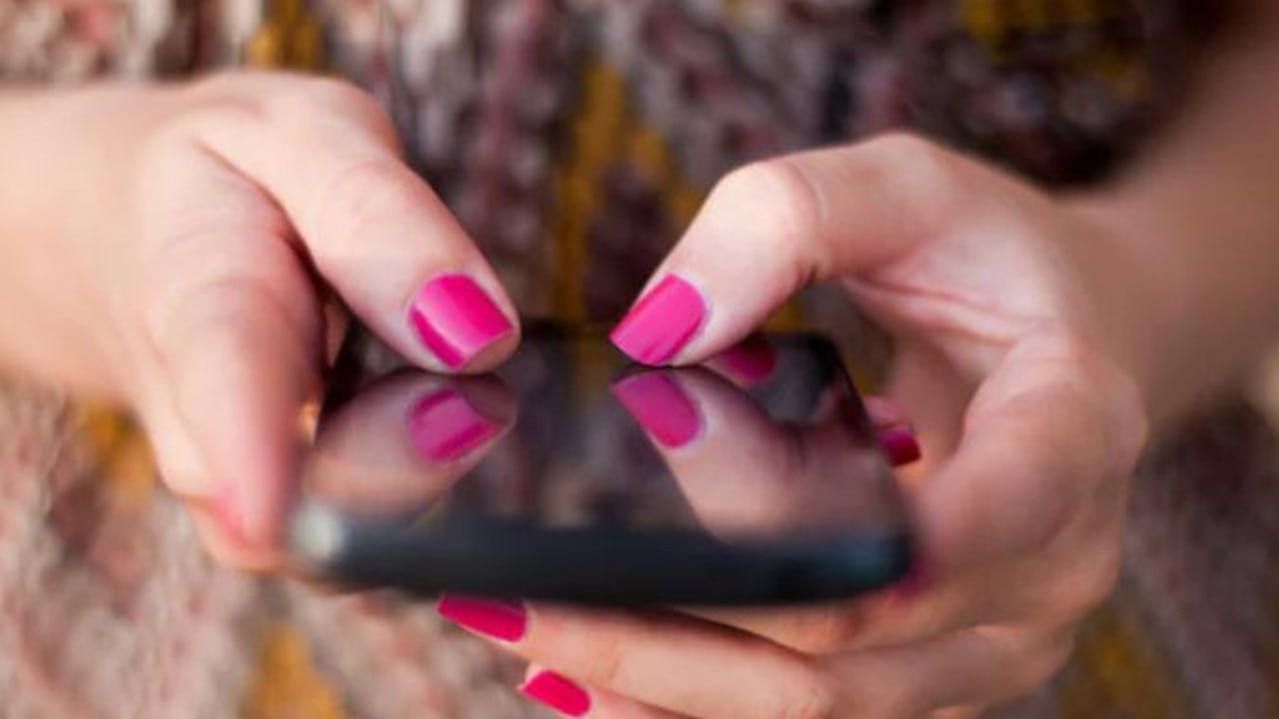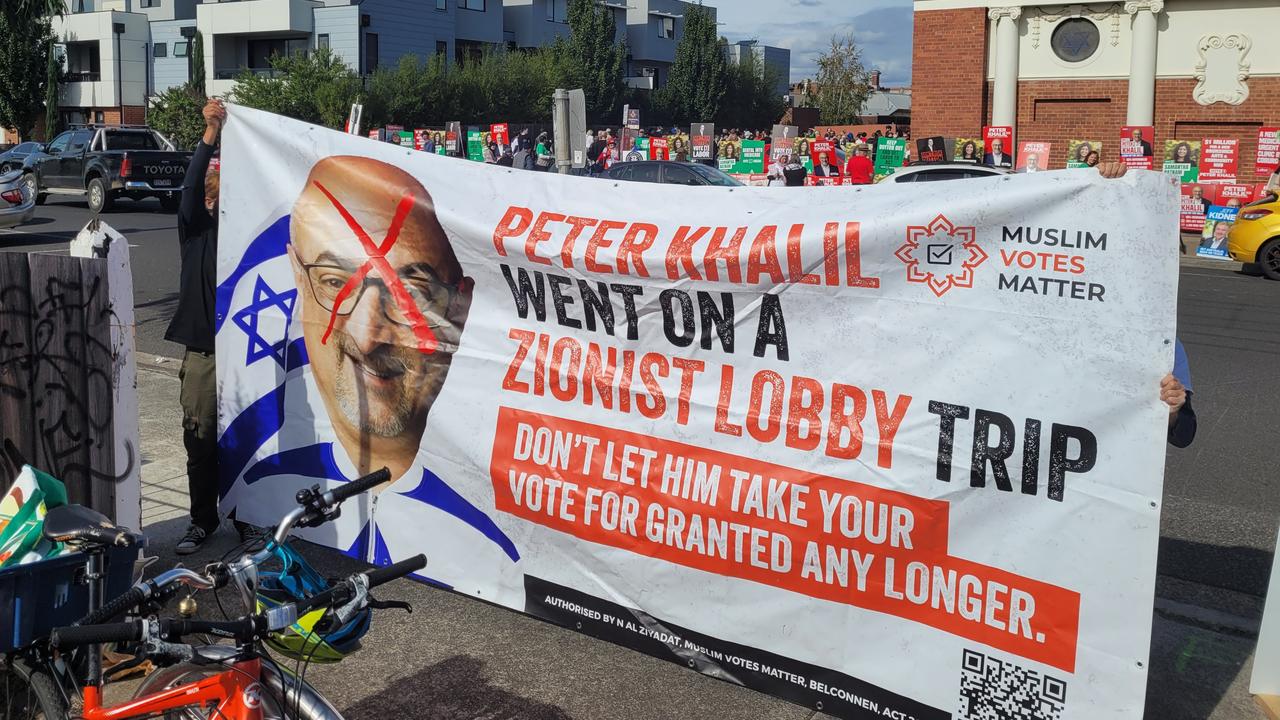How Danielle Laidley learnt to embrace her true self
Danielle Laidley was a household name as an AFL premiership player and later as a coach. But despite her sporting achievements, she didn’t find happiness until recently.
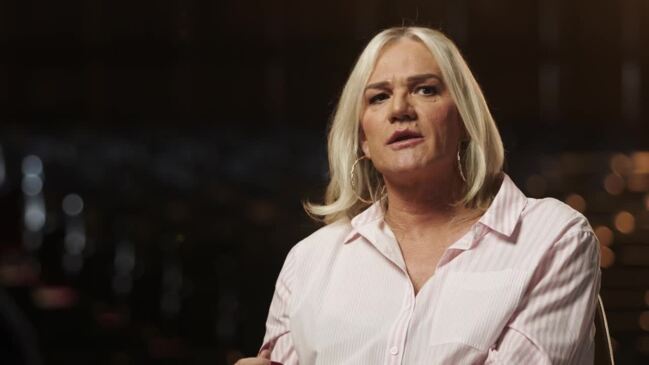
Victoria
Don't miss out on the headlines from Victoria. Followed categories will be added to My News.
Dani Laidley won AFL premierships, coached at AFL level and played state cricket. But for so much of her life, she hasn’t been who she wanted to be, and has only now found peace and calm.
HM: Dani, if I use language that is wrong, let me know. I’m learning and keen to get it right.
DL: I will, Hame, thanks.
HM: The definition of gender dysphoria is “the distress a person experiences due to a mismatch between their gender identity and the sex assigned at birth”. When did gender dysphoria enter your world?
DL: Probably as a five- or six-year-old I can remember feeling a little different. There were lots of times growing up where I just didn’t know what this thing was. It was always there. Sometimes it would be very quiet, yet other times it was like you were at a rock concert. That Voice, it’s just there all the time. Some days I would feel completely disconnected to the world, and other days there were times where I could converse with the world, and I got to the thinking that there were days where I could operate perfectly and I could connect with people. There were other days though where all day the questions and the to-ing and fro-ing were exhausting. What is this thing? Why do I feel the way I do? Why do I look into the mirror and not be happy with what you see?
HM: For how long was it like that?
DL: That manifested its way through from about eight to 12 years of age. In my early teens I’d come home after school and my friends would ring and ask: “Do you want to come out and do something?” And I’d say, “Oh, no, I got too much homework.” So I would stay home and get an opportunity at 12, 13, 14 to be myself, where I could look into the mirror and be happy with what I saw while still not understanding: what is this? But then having the fear of hearing the car pull up, or Mum walking through the door and absolutely tearing shreds off me about what I was doing.
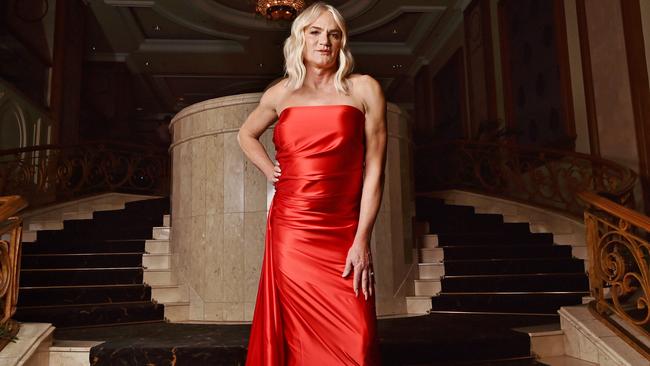
HM: Because you had makeup on or you were dressing as you wanted to dress?
DL: Yes, but more experimenting at that time. But whenever I got to that point, it was peaceful, no noise – I felt like I was home. The best way I can describe gender dysphoria is if anyone’s ever been homesick, whether you’ve been working away or even away on holidays or whatever. You’ve been away from home where you feel safe, you feel warm, you miss the smell of your pillow, all those little things and when I was at that place, that’s how I felt.
HM: At your most comfortable?
DL: My most comfortable. So that’s how I try to best explain to people – if they feel homesick, that’s how I felt, and it progressively got much, much worse as I got older.
HM: You knew at some point little Danielle needed to be addressed, but you were just kicking her down the road.
DL: Yeah, and as I say, it just got louder and louder. I’ve only learned in the last five or six years that you can’t outrun gender dysphoria.
HM: You tried?
DL: I did. You can do so many things, but one of them is decide whether to be here or not.
HM: That’s effectively choosing to leave the world, or choosing to live in the world, in whatever shape that is.
DL: Hame, for a lot of years I’d actually fleetingly thought about it, but it wasn’t much more than that.
HM: And the thought was, “It’d be easier and the noise would disappear if I disappeared”.
DL: Yeah, but that really came on strong from probably 2012, ’13, ’14. I thought I was at the front of the queue and it was my time to fly off, and it’d be much easier for everyone if I wasn’t here. I just didn’t decide to be who I am today, it’s been there for as long as I can remember. I didn’t manage it very well, and it had a large effect on me as a person. If you asked around the AFL over such a long period of time, it would be, “smart football brain, can go really well, but also can be volcanic and angry”. They were the two behaviours that manifested out of what was going on over here, that no one knew about. So the choice was to live, rather than wander off into the sunset, and the first reason is to be myself, and secondly be here for my children – they’ve been my world
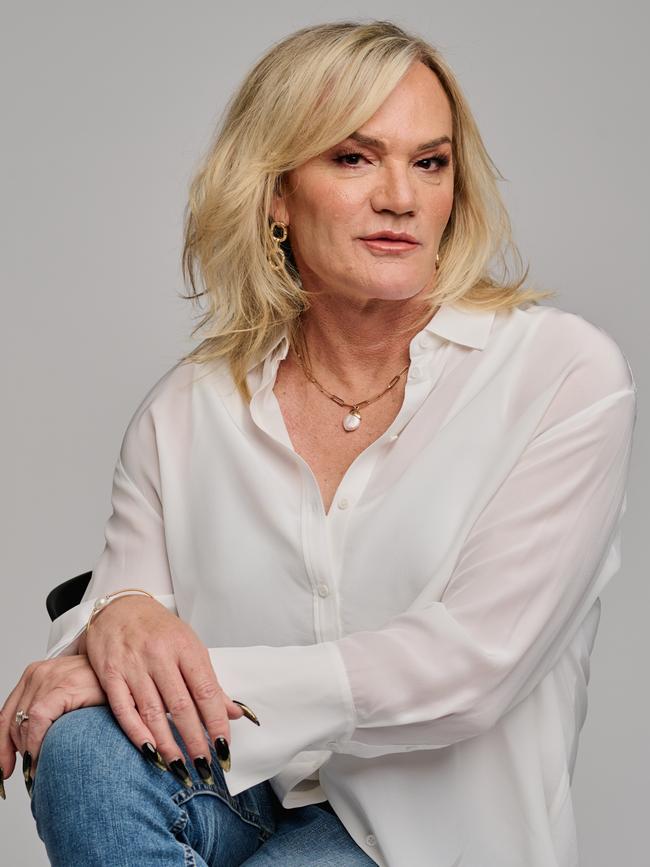
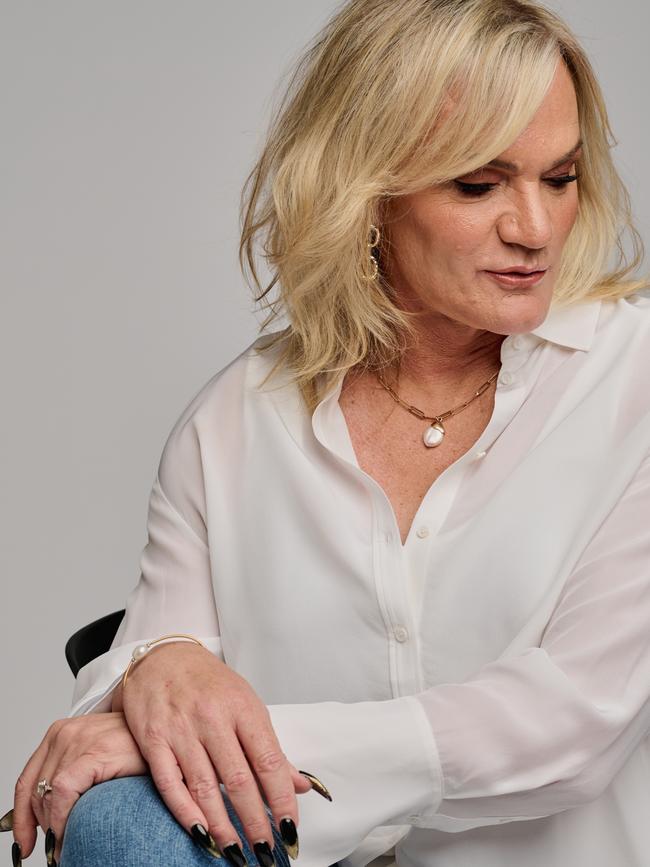
HM: I’m glad you’re still here.
DL: Same, Hame. Maybe it would have been easier in some way, shape or form to take the other option, because the option I’ve chosen in its way has been much harder. But it’s also been so rewarding, and I wouldn’t change it for the world now. I’m just so grateful that through those self-harming episodes, that I was no good at it, and I’m still here.
HM: In 2004, you were out one night. You were coaching North Melbourne at the time. A question came from two trans girls: “Are you the coach of North Melbourne?”.
DL: That’s true. It happened to me at the Greyhound Hotel. I got to know these girls; they were partners, and we became friends. Not that we would catch up all that often, but we would speak regularly. It was one Easter, I think it was around 2004 or so. I went over to their place as myself and they asked me what I was doing for Easter. So I said, “I’ve got to go to Perth for some work.” North were playing in Perth. I think we played Fremantle and we lost, came back, and then a few weeks after they said, “Can we ask you a question?” I said, “Yes.” They said, “Do you coach North Melbourne?” And I just said, “Yeah, I do.” And they said, “Your secret’s safe with us.”
HM: And they kept it safe.
DL: They could have done anything with that information – but they didn’t. They would’ve been on their own journey as well. After I’d finished coaching at North, when I came back from Port Adelaide – I’d go over there and the three of us would hang out. We’d watch the footy and we’d watch the races – one of them loved a Saturday afternoon punt – and it was just so cool. So nice that I could talk about anything in my life and not have to think, “Who am I with? Where was I? What did I do?” Because my life was so compartmentalised, I had to be this person with these people, and this person with those people.
HM: When were you finally or officially diagnosed, what was the relief like at that point?
DL: So I got the diagnosis in late November, early December 2019, after a period of time of seeing Dr Ada Cheung. The day that she told me, I remember walking out of the clinic and skipping for about a kilometre and a half back to my car. It had felt like this huge weight had been lifted off my shoulders, it felt like I was no longer this crazy person who was always, you know, eyes in, doing hard miles. It was like we’d unlocked the key and I could now slowly start to move forward. What that looked like I was unsure of, even though I’d already been self-medicating on the HRT before I went and saw Ada, which is probably the wrong thing to do again.
HM: Was that because you’re self-medicating because you didn’t want to have the conversation with someone, make it official – you’re too ashamed, too embarrassed?
DL: Correct.
HM: Wow.
DL: Yes. So I was buying oestrogen patches, testosterone blockers and some other things off an online pharmacy in the US, and it was costing me like $500 a month, and they’re the same products as what I use now. What I find really interesting is that throughout that period of time that I was self-medicating and using the testosterone blockers, I’ve only used testosterone blockers for probably three to five months in my whole six years now, because when they first tested me, my testosterone levels were already in the female range.
HM: Is that right? I didn’t know that.
DL: Yes. So I don’t know exactly the measurements, but say if it was zero to two, the female range, I was 0.8, so I was already really low, which is quite staggering considering I played AFL footy for all those years and high performance training.
HM: Yeah. So when Ada said you had gender dysphoria and you skipped back to your car, what were you thinking was the way forward from there? Because you were still a hugely recognised face.
DL: So I made one phone call to my ex-wife, who’d already known.
HM: Assumed or knew?
DL: Knew about me, and had done for a number of years, and she said, “Well, we need to sit down and tell the kids, and we will work our way through it.” So this is just before Christmas, so Christmas bowls along, and we sort of never get around to it.
HM: Was it a conversation you were dreading?
DL: Yeah.
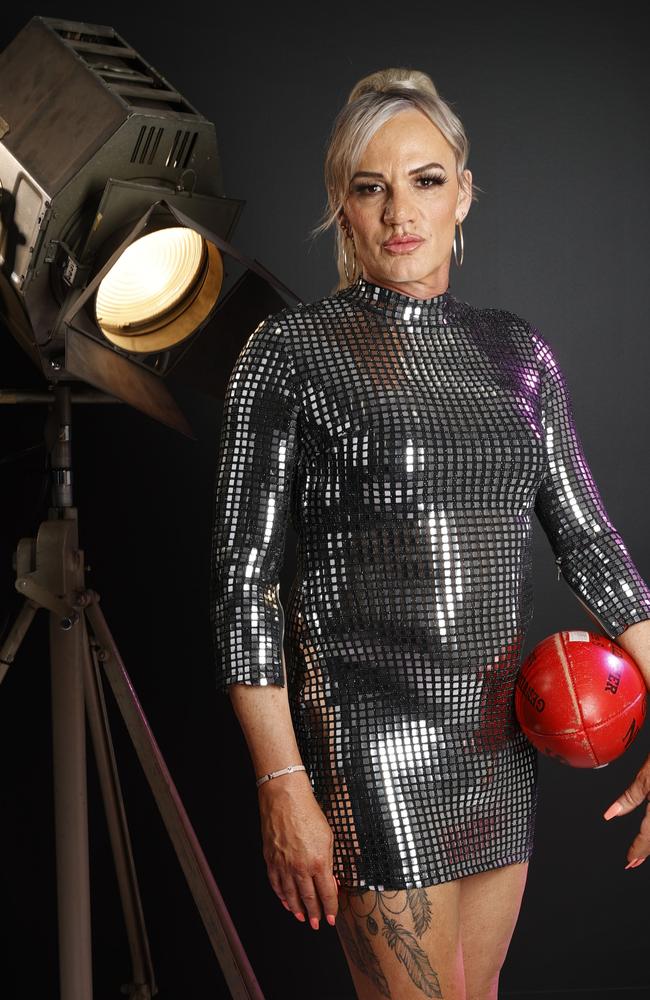
HM: You’d been keeping things quiet for the bulk of your life; it gets to a point where it’s “no more”.
DL: That’s right. I couldn’t live with it anymore, I was a train wreck. It got to the point where I was ready for that. Unfortunately a few things happened and we never got to have that conversation before it became public.
HM: Allegedly that was through the police releasing private photos and having what was a very private secret matter not just become known by your family or friends or Victorians or Australians, but the world.
DL: The world …
HM: … just like that.
DL: And I carry the burden of that. Even though some things were out of my control, I carried the burden of the embarrassment of my children, and what they’ve had to go through, and that’s been the most difficult part of everything that’s happened.
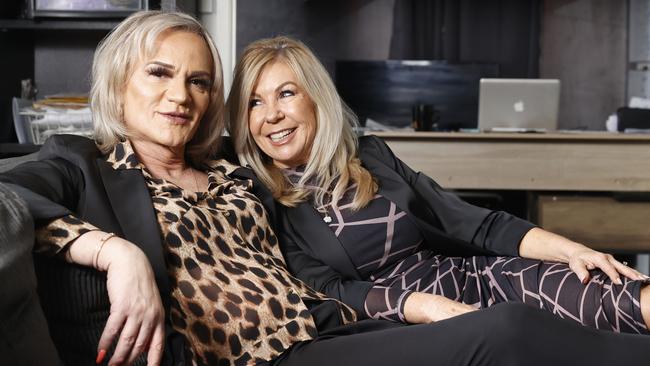
HM: The weight of the burden and the effect on your family?
DL: I suppose I’ve got to the point where the people who did it … firstly, if I can go back, I’ve paid my penance facing the law and an intervention order that I broke. It was really interesting with breaking that intervention order, as I was the one who rang the police. I rang the police to say “I’m breaking the intervention order” and they came around and got me, and then I went around back to the St Kilda police station, where the photos were taken.
HM: Was you ringing the police a way of fast-tracking the process of becoming Dani?
DL: It’s probably the sum of all parts. I was on a toxic dance floor, and I wanted to get off. I didn’t know how to and at that point, I’d been diagnosed. The added embarrassment on top was now I was falling into a hole of drug use. I didn’t know what to do, I was even more scared to reach out, and I probably reached out to some wrong people. I’m happy to put my hand up, and have done, and I take full responsibility for all that.
HM: The gambling and the drinking and the drugs was, I assume, to mask what was an unbelievable amount of pain day by day, and it was the coping mechanism.
DL: Yes, it was. The coping mechanism in the first part of my life was the AFL, and work, and then from 2015 to when it became public, it was gambling, drinking and then drugging.
HM: Through the whole journey, what’s been the most lonely or darkest moment?
DL: There was a time in really early 2020 where I basically lived in my ensuite, my bathroom. I wouldn’t come out, and it’s where I planned the act of self-harming. I find that pretty hard to speak about. I felt like I was the only person in the world. Obviously, I wasn’t – there were other people out there who felt the rage that was coming out of me, and I blamed others for me being in the position that I was. That was pretty bad.
HM: There are times when you’re eight and nine days with virtually no sleep.
DL: Yeah.
HM: That’s incredible to hear, let alone do.
DL: That’s what happens when you are high functioning at the time, I hate the word, but I was drug addicted, absolutely. It doesn’t discriminate, it doesn’t matter who you are. I could work, I was coaching a local footy team, I just didn’t sleep. Part of my healing process was the mental component of it, but it strips you bare. It’s the devil, it just tears your soul away and the damage that it did to me physically, you don’t realise it rips your soul out of you. I think there was a period of time over the 18 months where I only slept about a third of the time – and you know what? No one knew. Just one person, my son, picked it up.
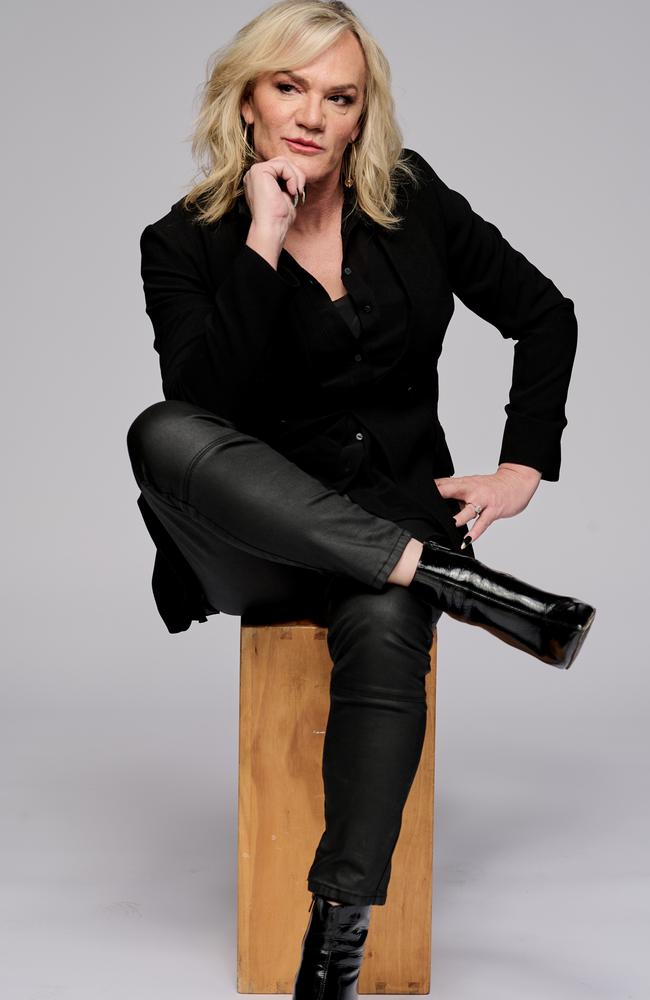
HM: A couple of self-harming episodes. You look back at those times now and obviously feel grateful that you weren’t successful in what you were setting out to do, but could you ever imagine getting back to that place again?
DL: No. The shame, the fear, the embarrassment that I carried for all those years, I’m past that now. I can be me now, and be this best version of me. I’m still learning every day and still working on myself to enjoy what’s next. The next 30 summers, if you like. And I can do it without all the things attached to it, which at times made it so hard which might’ve made my behaviour be manifested in different ways – to get caught in the disease of addiction through being a workaholic, through dabbling in drugs for that 18 months, which I am really most embarrassed about, because anyone who has known me over the years, that was probably the thing that surprised them the most, rather than the gender dysphoria and wanting to make sure that I was healthy. My mental health did deteriorate, getting involved in the drugs and all that sort of stuff, and not really knowing what this thing was, and it was a one in a 100-year storm that hit.
HM: You’ve got to this peaceful point through an unbelievably discombobulated journey. There must be a lot who don’t find the courage or the bravery to become their authentic self. It’s a sad thought.
DL: Transgender people are something like 10 or 14 times more likely to attempt suicide and a lot of those don’t make it. We just can’t allow that. I can only speak about my tribe, my minority group, and there’s a lot of other minority groups who are out there, and everyone has their own reasons for not telling their story, or wanting to be themselves for lots of different reasons. We’re all human and we all deserve to be loved and belong, and I think if it helps us by me being myself, if it helps me being myself with the next generation – if they have to live their life with less barriers – I’ll continue to be me.
HM: Dani, what’s your advice to those that are not yet brave enough to Voice who they want to be?
DL: Find someone you trust and find someone who will listen, find someone who won’t judge and don’t be afraid to make yourself vulnerable, I think that’s a real, real big one. I think if you can put yourself out there – and that person might be a family member, it might be a work colleague, it might be just someone from the community – but the more you can openly talk about it with, even in subtle ways initially, it is the best way. Then go and seek help, professional help. There’s so much out there these days and so many programs and so much counselling. It may take a little bit of time to get into certain places, but I plead with people not to keep it in and think they can do it by themselves, because I can tell you from experience that it’ll never happen and it’s always going to be a rough journey.
HM: Tell me about your 55th birthday, and how you felt completely free.
DL: So it was my first birthday of my whole life and I had to wait until I was 55. I had all walks of life, family, friends, people I coached, people I played with, transgender friends, work colleagues, all in the same room for the first time in my life. How easy was that night to talk socially? To talk about, the footy – Mark Brayshaw’s son Angus had just played at the MCG, because we were at the London Tavern, and then he walks off and we’re over talking about footy – but then I’m talking about hair and makeup over here and I’d never been able to do that. Then my son got up and made the most beautiful speech and then we had a birthday cake. Fifty-five years is a reasonable amount of time to wait, I would’ve thought.
Danielle Laidley features in a new series called Let’s Talk. Her episode is out today at afl.com.au and at aia.com.au/letstalk



